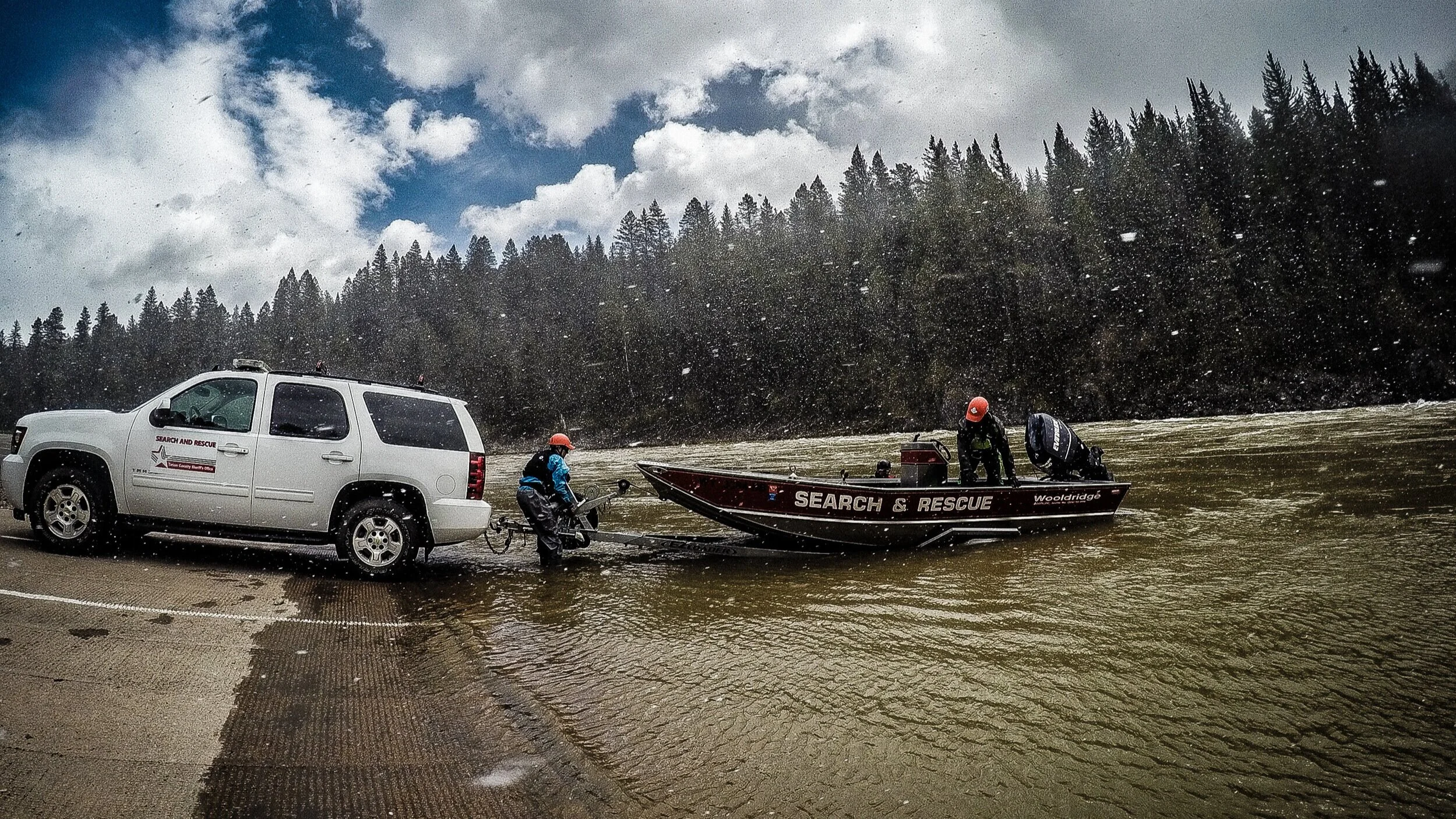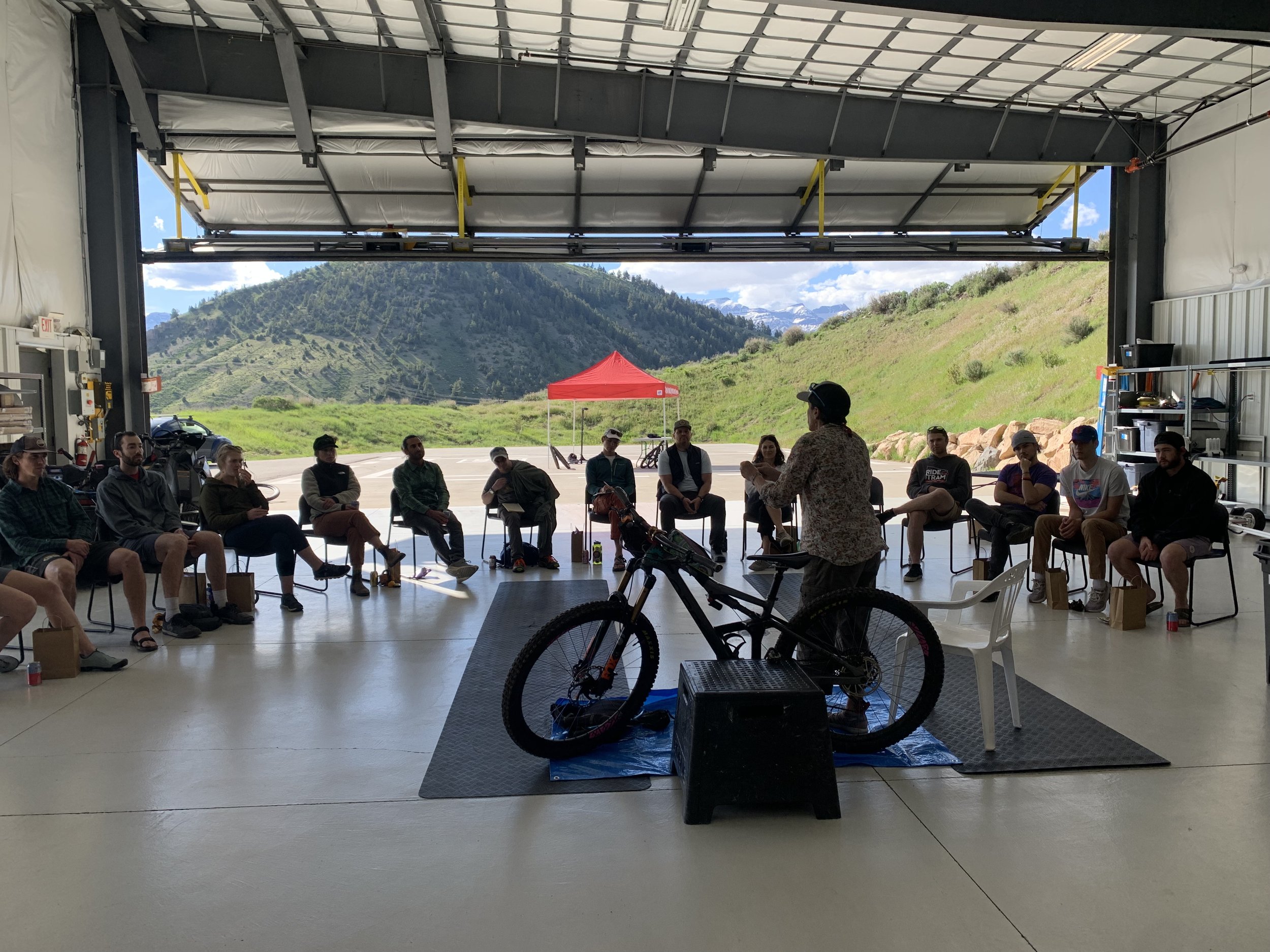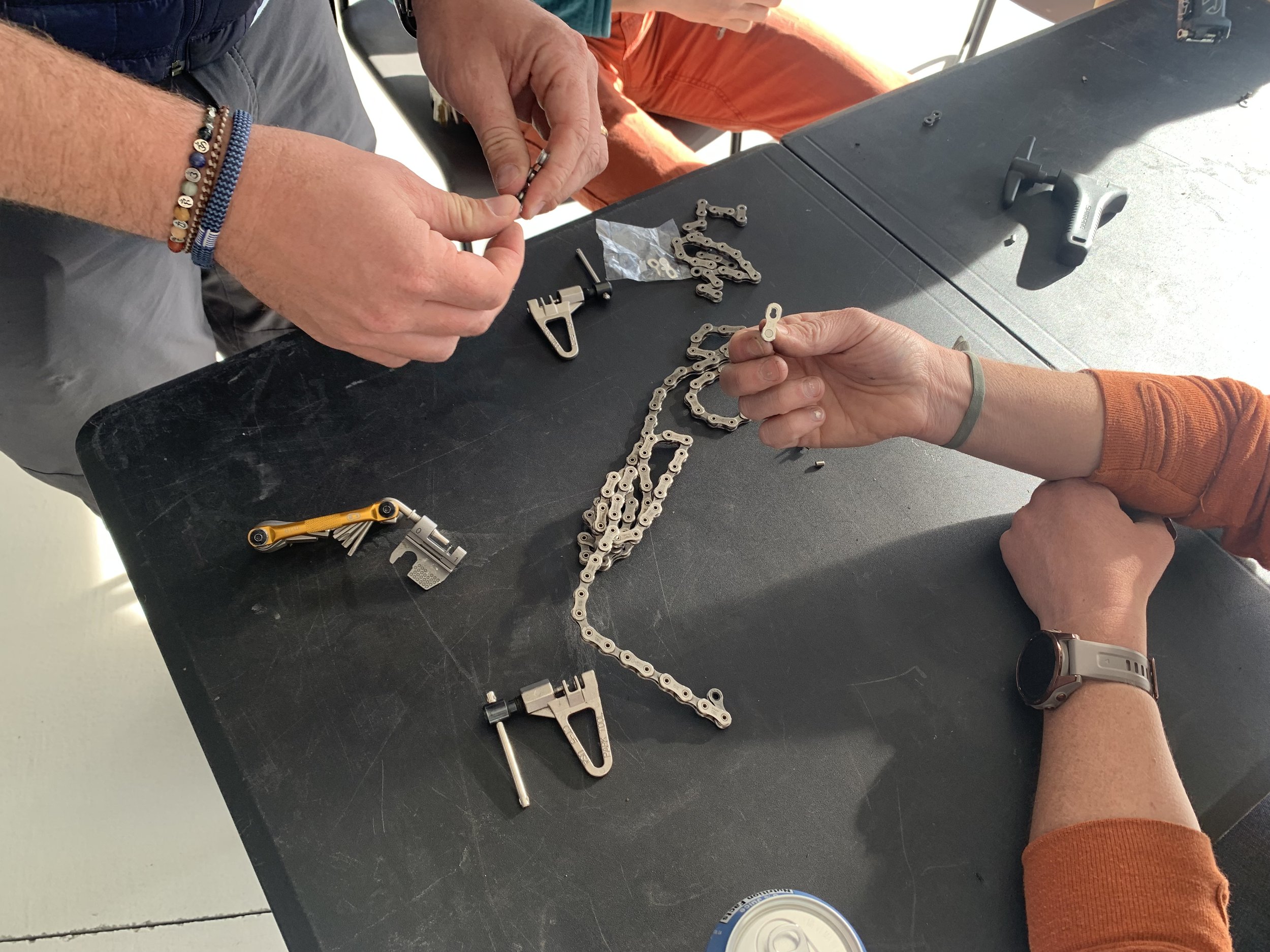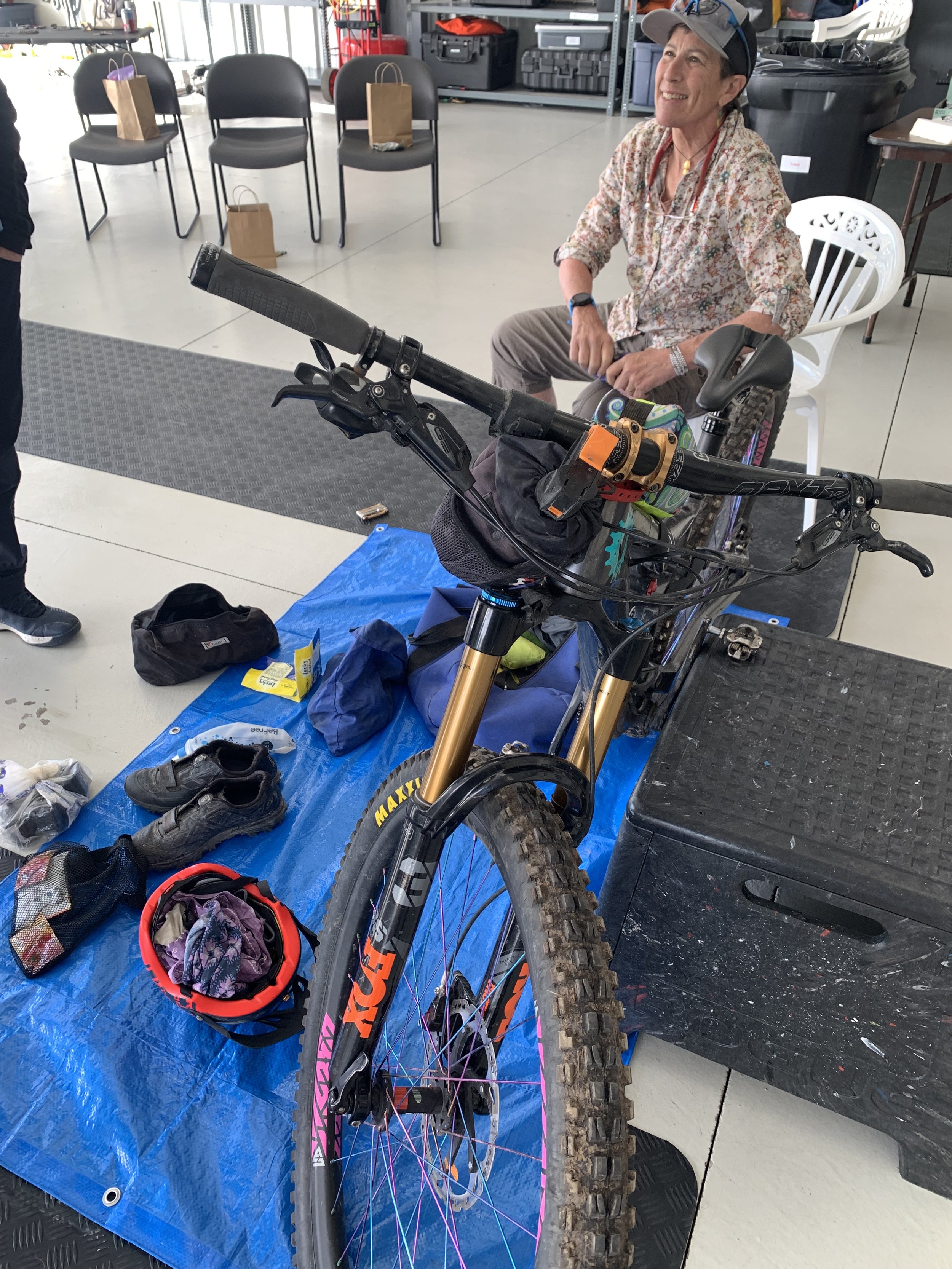With the bike trails around Jackson Hole coming into primo condition due to an unusually wet spring, more than 20 eager mountain bikers showed up at the season’s first Backcountry Zero workshop on June 7. What’s in Your Pack for Mountain Bikers is in its second season owing to the increase in trail use from this group across the region. This increase has correlated to a growing number of rescue callouts by TCSAR to help injured mountain bikers. So it was good to see so many people looking to build the skills to help them be prepared for a day on the trails.
The workshop was sponsored by The Hub Bicycles, with collaboration by Mountain Bike the Tetons and TCSAR Foundation.
The event started with Lynne Wolfe, a longtime backcountry ski guide and avid mountain biker, providing insight to what she carries, and just as important, how she carries it. As she pointed out, the best approach is to figure out what works best for you, and then dial in your system.
The group then broke into three stations: how to fix a flat, how to repair a busted chain, and how to apply first aid to common bike injuries.
Professional mountain biker Kait Boyle offered her vast expertise in helping participants learn how to repair a broken chain. As with all stations, each person got the chance to practice using the tools they’d carry with them in the backcountry.
Connor Nolan, TCSAR Foundation’s Donor Relations Coordinator and resident bike nerd, demonstrated how to fix a flat. He went through different scenarios of using tire plugs to fix a ripped tire, as well as how to change an inner tube in a tubeless tire. In the first aid station, TCSAR Foundation PSAR Manager Liz King helped attendees learn how to bandage scrapes, splint sprains and broken bones, and put a sling on an injured shoulder or collarbone.
This was just the first class of the summer through Backcountry Zero, TCSAR Foundation’s education and outreach project that seeks to reduce fatalities and serious injuries in the Tetons. The classes are intended to provide practical skills for the outdoors while instilling a positive mindset for decision making and preparedness.
Thanks to everyone at Mountain Bike the Tetons and The Hub for making this class possible!
What’s in your bike pack? All photos: Matt Hansen/TCSAR Foundation










